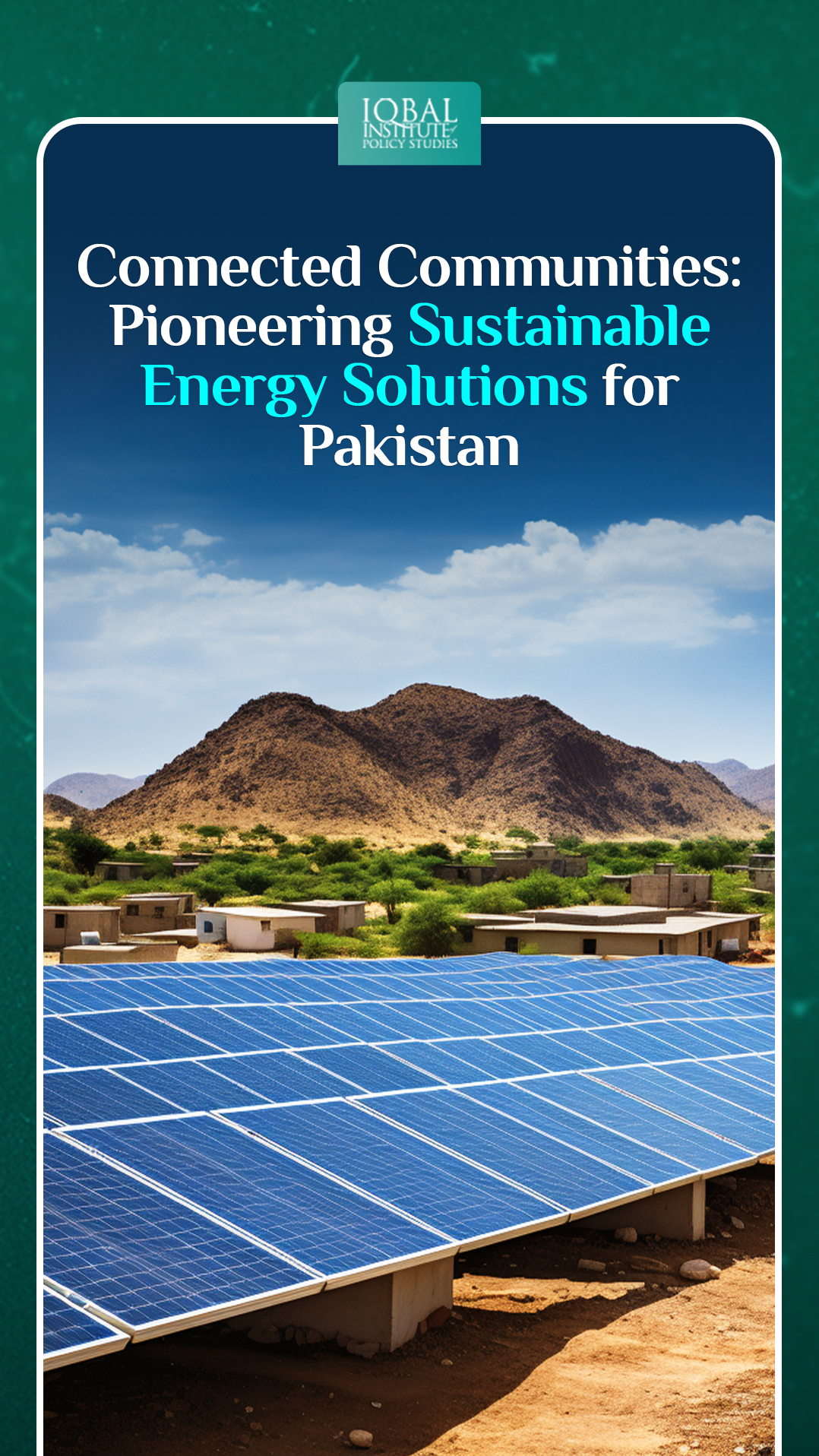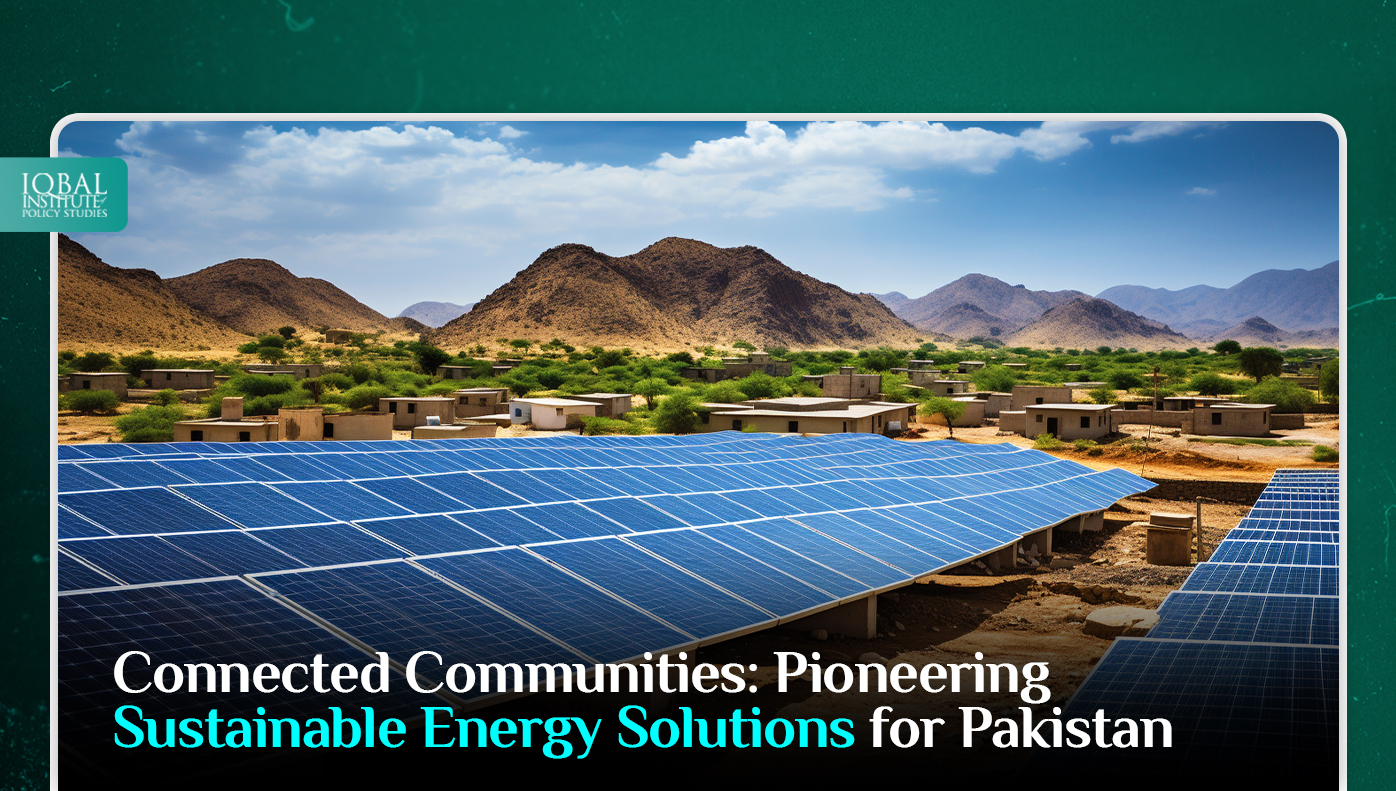Step into a world where buildings are no longer isolated structures, but interconnected powerhouses of efficiency and sustainability. Imagine a landscape where every structure is part of a greater whole, sharing resources, optimizing energy use, and creating a thriving community ecosystem. This is the vision of connected communities, a concept gaining momentum in Pakistan. By integrating grid-interactivity, multiple technologies, multi-building optimization, and shared systems, connected communities revolutionize the way we build and consume energy. They offer scalable solutions to mitigate energy costs, improve grid operations, and meet ambitious greenhouse gas emissions goals. Let’s explore the transformative power of connected communities and discover how they pave the way to a greener and more prosperous future for Pakistan.
What Are Connected Communities?
Connected communities are collections of buildings and distributed energy resources that implement integrated energy management strategies at the multi-building scale. They share energy resources among buildings and provide services back to the grid. Key elements defining successful connected communities include:
Grid-interactivity and efficiency
Grid-interactivity and efficiency in connected communities refers to the ability of buildings to adjust their energy consumption based on signals from the power grid. Through a controls platform, buildings within the community can actively participate in demand response programs and optimize their energy usage in response to grid conditions. This flexibility not only contributes to grid stability and reliability but also enables better utilization of renewable energy resources and reduces peak demand. By coordinating energy adjustments across the community, grid-interactivity and efficiency enhance the overall performance and sustainability of the connected community, creating a dynamic and responsive energy ecosystem.
Multiple technologies
Connected communities incorporate various energy technologies, including building load flexibility, renewable energy generation, and energy storage. Building load flexibility enables efficient energy consumption by utilizing smart systems and controls. Renewable energy generation integrates sources like solar panels and wind turbines to reduce reliance on the grid and lower emissions. Energy storage systems capture excess energy for later use, optimizing energy management and ensuring a reliable power supply. By integrating these technologies, connected communities enhance energy efficiency, sustainability, and resilience.
Multi-building optimization
Multi-building optimization in connected communities involves coordinating energy management across multiple buildings to optimize energy use and the deployment of distributed energy resources (DERs). By analyzing data from multiple buildings and considering real-time energy demand and supply conditions, connected communities make informed decisions to minimize waste, enhance energy efficiency, and maximize the benefits of DERs. This holistic approach ensures that energy resources are allocated efficiently throughout the community, reducing reliance on the grid and promoting a sustainable and resilient energy ecosystem.
Shared systems
Shared systems in connected communities physically connect buildings to centralized infrastructure like district thermal plants, community solar projects, or energy storage installations. These shared systems leverage economies of scale, balancing local energy loads and promoting resource efficiency, cost-sharing, and sustainability.
Benefits
The benefits of connected communities in Pakistan are worth the effort:
Increased flexibility
Connected communities offer increased flexibility in the power grid, enhancing reliability and efficiency. By actively participating in demand response programs and adjusting energy consumption in response to grid signals, these communities contribute to the stability and optimization of the power system. This flexibility allows for improved reliability, reduced strain on the grid during peak periods, and more efficient utilization of energy resources.\
Synergistic effects
In connected communities, the synergy between buildings results in greater overall value and economies of scale compared to a building-by-building approach. By coordinating energy management, sharing resources, and optimizing system-wide operations, the connected community unlocks enhanced benefits that go beyond what individual buildings can achieve on their own. This collaborative approach maximizes efficiency, cost-effectiveness, and sustainability, creating a stronger and more resilient community energy ecosystem.
Multiple benefits and stakeholders
Building owners enjoy reduced capital expenses, operating energy bill savings, and potential revenue streams. Utilities benefit from reduced capacity requirements, flexibility in incorporating renewable generation, and lower infrastructure costs. Community-wide reductions in greenhouse gas emissions are achieved.
Centralized control
Centralized control in connected communities involves implementing a system that optimizes the operations of distributed energy resources. This centralized control system ensures efficient coordination and management of resources, maximizing benefits for all stakeholders involved in the community.
Variety and Shared Assets
Variety and shared assets in connected communities enable the realization of multiple value streams. By connecting diverse buildings and incorporating various technologies, communities can leverage the benefits of different energy solutions. Additionally, shared assets that physically connect multiple buildings, such as shared infrastructure or energy systems, result in lower life-cycle costs due to economies of scale and reduced maintenance expenses.
Way Froward
Pakistan shows the potential of connected communities across residential, commercial, mixed-use, campus, and non-contiguous portfolios. These benefits can be applied to existing communities and new construction projects. While the full potential of connected communities in Pakistan is yet to be fully realized, the economic and environmental advantages make this approach increasingly promising.
As the benefits become evident, we envision a future where buildings in Pakistan are connected, helping reduce utility costs and greenhouse gas emissions. These community connections will manifest our interdependence and contribute to a better world.
Conclusion
Connected communities offer a transformative vision for a better way of building in Pakistan. By integrating grid-interactivity, multiple technologies, multi-building optimization, and shared systems, these communities unlock numerous benefits. They enhance grid stability, optimize energy usage, and reduce reliance on fossil fuels, contributing to a greener and more sustainable future. Connected communities empower building owners, utilities, and the community as a whole with reduced costs, increased flexibility, and lower greenhouse gas emissions. While there is still untapped potential, the economic and environmental advantages make connected communities a promising solution for Pakistan’s energy landscape. As we move forward, embracing this interconnected approach has the power to create thriving communities that prioritize efficiency, sustainability, and a shared commitment to building a better world.
This article is written by Waqar Ahmad. Waqar is a Research Analyst at the Iqbal Institute of Policy Studies (IIPS).



Leave a Reply